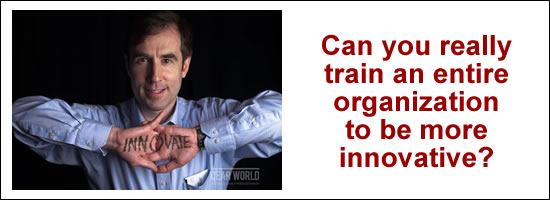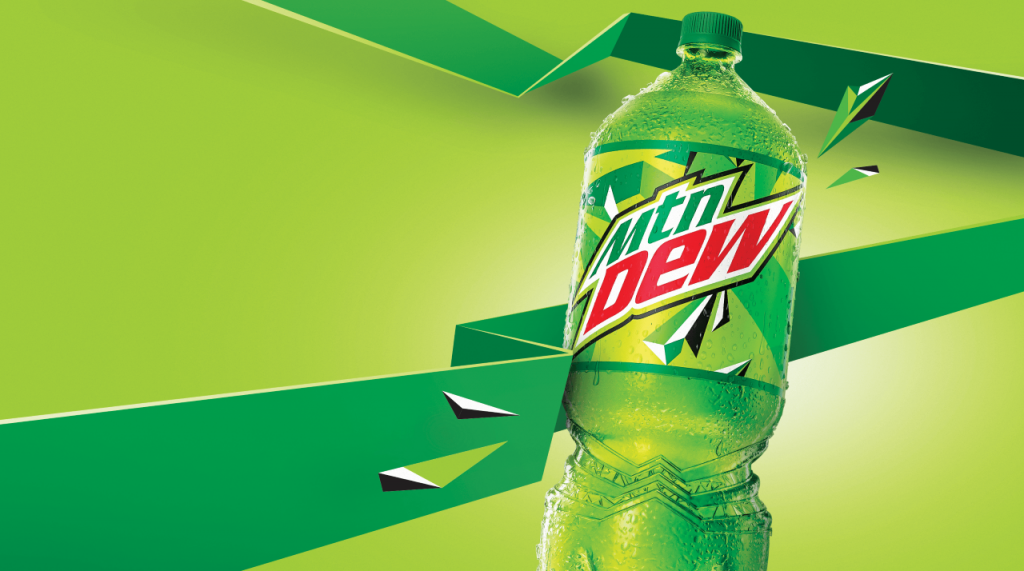
A short while ago I had the opportunity to sit down with Mauro Porcini, SVP & Chief Design Officer at PepsiCo, a multi-billion-dollar American corporation with more than 250,000 employees. It is the second largest food and beverage company in the world, and the largest in North America.
The initial part of this interview focused on how PepsiCo embraces failure and gets to the root of customer needs and can be found on Innovation Leader. But Mauro had so much design and innovation wisdom to share that he agreed to stay after hours and answer more questions.
Mauro Porcini joined PepsiCo in 2012 as its first Chief Design Officer and began infusing design thinking into PepsiCo’s culture and leading a new approach to innovation by design across the company’s popular product platforms and brands, as well as new platforms such as Alternative Hydration (water personalization and consumption beyond the bottle) and Spire (Smart Fountains for drinks customization).
The team’s efforts extend from physical to virtual expressions of the brands, and to the company’s focus on sustainability. In the past seven years the PepsiCo design team has won more than 1,000 Design and Innovation awards.
To dive deeper into innovation at PepsiCo I posed the following questions:
Why is innovation important to PepsiCo?
Innovation is an absolutely fundamental, core value at PepsiCo. It’s a key ingredient in the company’s success and continued growth. Our daily work as designers within PepsiCo is to keep our innovation pipeline as human-centered as possible, as well as agile, flexible, reactive and in-tune with global and local trends. This requires a multi-disciplinary effort that involves close collaboration with other functions like R&D, Marketing, Strategy, Consumer Insights, and Manufacturing to ensure we are unlocking the full potential of our brands.
Mauro, I see you’re already connecting innovation and design. Let’s dig into that.
What do you see as the intersection between innovation and design, and why is this intersection important?
 The reality is that design and innovation are one and the same. Innovation is all about people. Innovation is about imagining, designing and developing meaningful solutions for people’s needs and wants. As designers, we are trained in three dimensions: human science (desirability), business (viability) and technology (feasibility). In the projects my global design team works on at PepsiCo, we connect these three dimensions to create products, brands, experiences and services that are relevant to the communities we design for. We call this approach “design”; the world often calls it “innovation.”
The reality is that design and innovation are one and the same. Innovation is all about people. Innovation is about imagining, designing and developing meaningful solutions for people’s needs and wants. As designers, we are trained in three dimensions: human science (desirability), business (viability) and technology (feasibility). In the projects my global design team works on at PepsiCo, we connect these three dimensions to create products, brands, experiences and services that are relevant to the communities we design for. We call this approach “design”; the world often calls it “innovation.”
It’s interesting that you see innovation and design as synonyms where many see design instead as a path to innovation. Let’s explore what it takes to excel at design.
Click here to read the rest of the interview with Mauro Porcini on CustomerThink
Other questions Mauro will answer on CustomerThink include:
- What are some of the most important differences between doing design and being a design leader that innovators and designers should be aware of?
- What was the impetus, what resistance did you face, and what excited you about this design challenge?
- Why is it more important to be in love with your customers than to try and satisfy them?
- Do you have any tips for organizations trying to get better at empathy, listening and understanding to become better innovators?
- What are you most curious about right now?
- What are you working on learning about or mastering right now to help the team?
Images courtesy of PepsiCo

 Sign up here to get Human-Centered Change & Innovation Weekly delivered to your inbox every week.
Sign up here to get Human-Centered Change & Innovation Weekly delivered to your inbox every week.
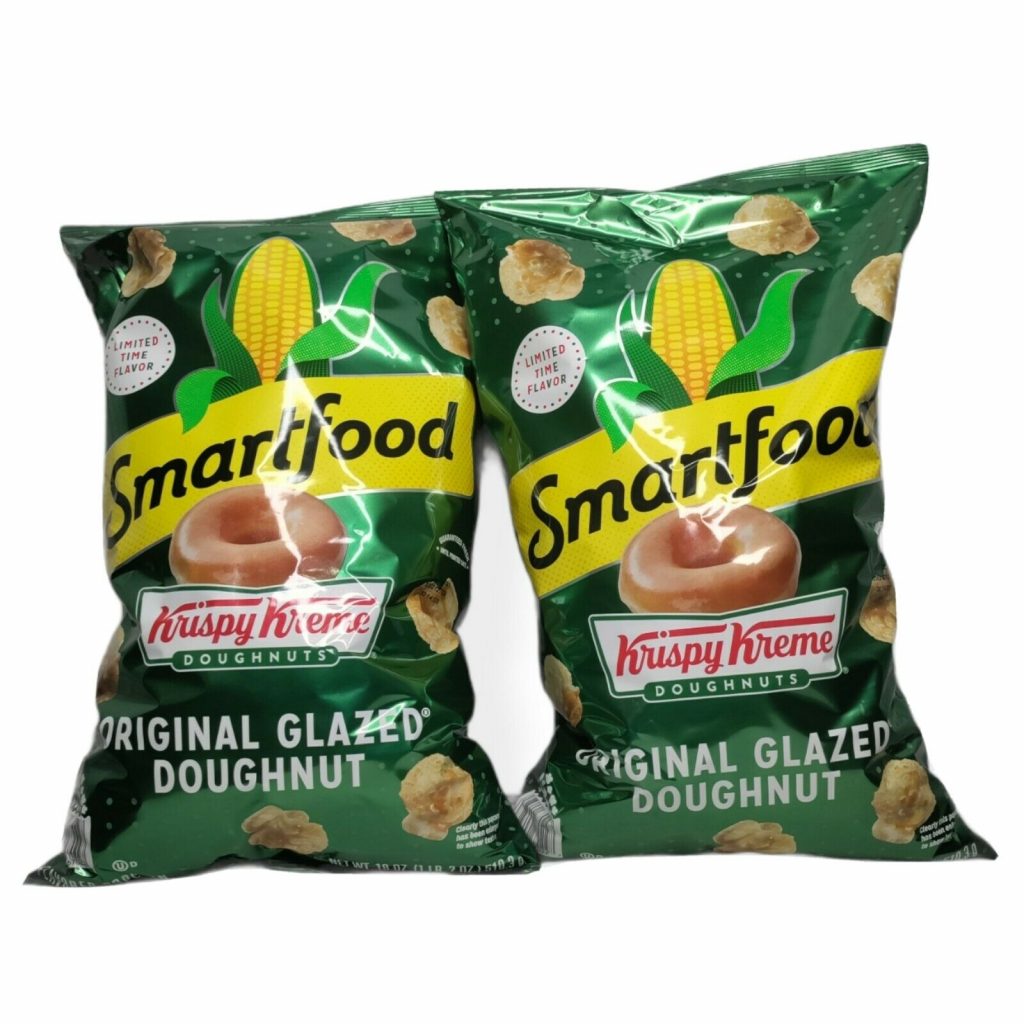
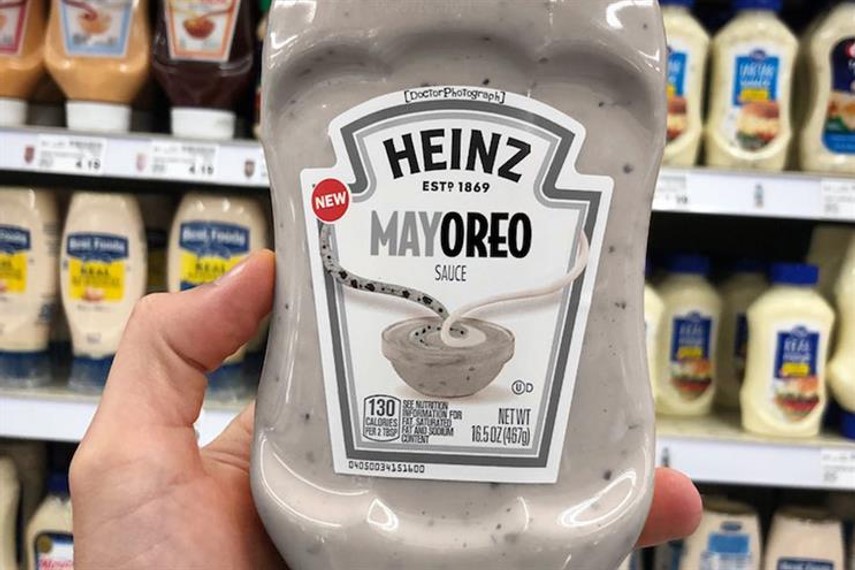
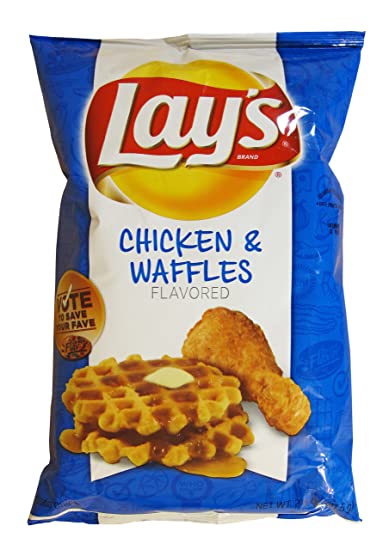
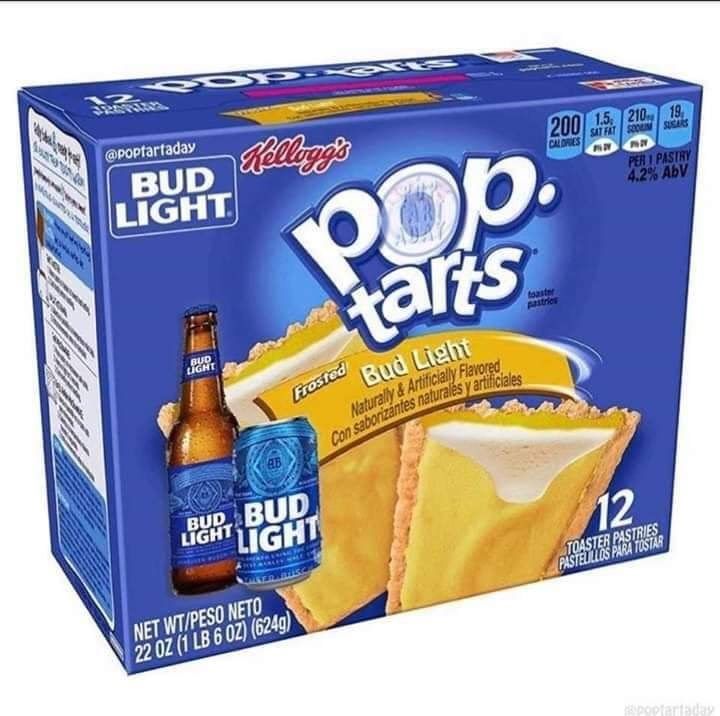

![]() Sign up here to get Human-Centered Change & Innovation Weekly delivered to your inbox every week.
Sign up here to get Human-Centered Change & Innovation Weekly delivered to your inbox every week.
 The reality is that design and innovation are one and the same. Innovation is all about people. Innovation is about imagining, designing and developing meaningful solutions for people’s needs and wants. As designers, we are trained in three dimensions: human science (desirability), business (viability) and technology (feasibility). In the projects my global design team works on at PepsiCo, we connect these three dimensions to create products, brands, experiences and services that are relevant to the communities we design for. We call this approach “design”; the world often calls it “innovation.”
The reality is that design and innovation are one and the same. Innovation is all about people. Innovation is about imagining, designing and developing meaningful solutions for people’s needs and wants. As designers, we are trained in three dimensions: human science (desirability), business (viability) and technology (feasibility). In the projects my global design team works on at PepsiCo, we connect these three dimensions to create products, brands, experiences and services that are relevant to the communities we design for. We call this approach “design”; the world often calls it “innovation.”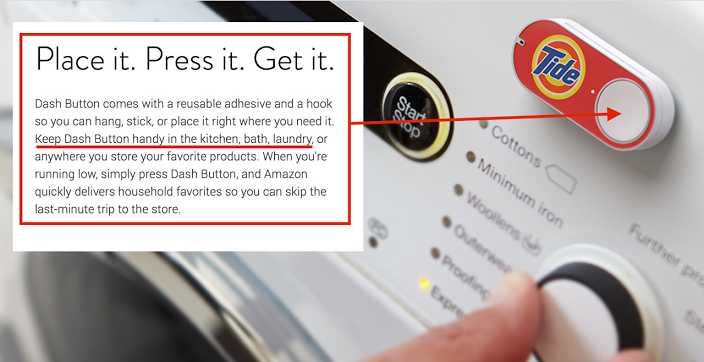

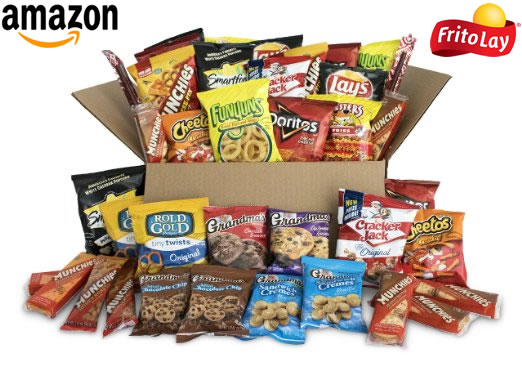

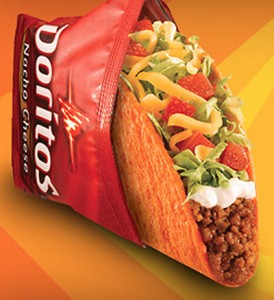 I don’t typically frequent fast food restaurant chains, but today I did, and I had a food innovation sighting for my trouble. I stopped by the local Kentucky Fried Chicken (KFC) and Taco Bell combination store and as I was picking up my crispy strips order I heard a guy order two Doritos Tacos.
I don’t typically frequent fast food restaurant chains, but today I did, and I had a food innovation sighting for my trouble. I stopped by the local Kentucky Fried Chicken (KFC) and Taco Bell combination store and as I was picking up my crispy strips order I heard a guy order two Doritos Tacos.